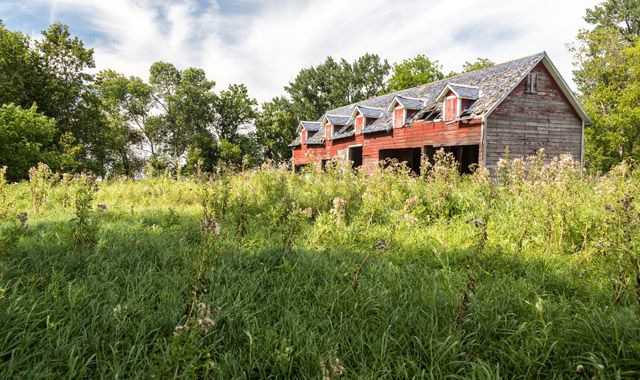Invasive weed may have provided surprising dental health benefits
A recent study has found that a very unpopular weed that ravages gardens and crop fields around the world may not have always been a nuisance: it may have actually protected prehistoric humans from tooth decay.

A recent study has found that a very unpopular weed that ravages gardens and crop fields around the world may not have always been a nuisance: it may have actually protected prehistoric humans from tooth decay.
Recent study: Toothbrush type found to influence bacterial growth
Considered one of the world’s worst invasive weeds due to how difficult it is to control, cyperus rotundus (commonly known as purple nutsedge or nutgrass) has been found in at least 92 countries and infects over 52 different crops worldwide. It is highly invasive, growing in all types of soil, and displaces native plants, while competing with crops for valuable resources. However, prehistoric humans in the Sudan may not have considered it such a pest.
As part of a recent study on food, cooking and plant processing in prehistoric Central Sudan, Stephen Buckley, an archaeological chemist from the University of York, analyzed dental calculus (hardened plaque) in fossilized teeth taken from a site on the White Nile in Central Sudan. The teeth dated back thousands of years to pre-Mesolithic, Neolithic and Meroitic periods, and showed very high levels of the chemical compounds found in purple nutsedge, indicating that the prehistoric populations were eating the plant. Surprisingly though, the teeth possessed a startling lack of cavities.
Recent study: Runners at higher risk for tooth decay
The low level of cavities led researchers to conclude that the plant, in addition to serving as a good source of carbohydrates, may have actually protected against tooth decay. They posited that the purple nutsedge’s ability to inhibit the Streptococcus mutans bacteria that contributes to tooth decay might have been a contributing factor.
“They were eating the tubers,” said Karen Hardy, one of the study’s authors from the Autonomous University of Barcelona in Spain. “The main usage by the prehistoric people most surely would have been food.”
Trending article: Top 25 women in dentistry
In addition to eating the plant, prehistoric people may have drawn on its medicinal or aromatic purposes. Hardy added “This study provides direct evidence not only of the fact that they ate plants, but also has identified a specific plant that was collected and eaten, before agriculture developed.”
Now that agriculture has developed, however, most gardeners and farmers would probably agree that, despite potential dental health benefits, it is nothing more than an infuriating nuisance.
Information for this article was taken from the study “Dental Calculus Reveals Unique Insights into Food Items, Cooking and Plant Processing in Prehistoric Central Sudan,” published in PLOS ONE in July 2014.